Konkani culture in Kochi, encountering such a tale in Kochi is quite likely as the city boasts a remarkable fusion of architecture and a fascinating past of migrant communities, particularly in Fort Kochi and Mattancherry areas. What makes Mattancherry unique is the harmonious co-existence of various ethnic groups like Jews, Konkanis, Gujaratis, Jains, Memons, Marathis, Tamils, and Kashmiris, each carrying its own unique cultural identity, in addition to reflecting the socio-cultural imprints of the foreign colonial rulers, that this region holds even today.
 Migration of Konkanis: A History of Trial and Tribulation
Migration of Konkanis: A History of Trial and Tribulation
Konkanis had to flee their homeland several times due to several invasions and attacks. Konkanis were among the communities who faced maximum trial and tribulation wherever they landed. Konkanis left Goa fearing Allaudin Khilji in 1294. Again, another group of Konkanis migrated to Kerala fearing that they may lose their identity to the tyranny of the Portuguese in 1560. This migration was led by Saraswat Brahmins also called Goud Saraswat Brahmins or Konkanis, while other Konkani Communities followed. Even in Kerala they faced hostility in areas like Kozhikode. Finally, they were accepted by the Kochi King and were allowed to settle in Cherlai, present day Gosripuram right behind Mattancherry palace.
Bilaterality of Gosripuram: Both A Temple and A Neighbourhood
The Urban fabric of Gosripuram is highly defined by the Konkani Thirumala Devaswom temple, also called Gosripuram. For instance, the width of roads around the temple is wide enough for a ratha or temple chariot procession during festivals and hence these roads are called ratha veethi. The Thirumala Devaswom Temple located in Mattancherry, Kochi is a significant social and religious hub for the migrated Konkanis. It is considered the headquarters and serves as the center for all the migrated Konkanis in Kerala. The Gaud Saraswat Brahmins were denied entry to the local temples as the native Brahmins considered themselves to be superior to the migrant Brahmins. As the Gaud Saraswat Brahmins were mainly priests whose lives revolved around the temples and priesthood, they built the Thirumala Devasom Temple or Gosripuram and settled around the temple in an Agrahara fashion. The Gaud Saraswat Brahmins settled around Gosripuram (temple), while other Konkani communities like Kudumbis, Sonars, and Vaniyars occupied the periphery. Successively, both the Thirumala Devaswom temple and the neighborhood that houses the Konkanis around the temple were referred to as Gosripuram.
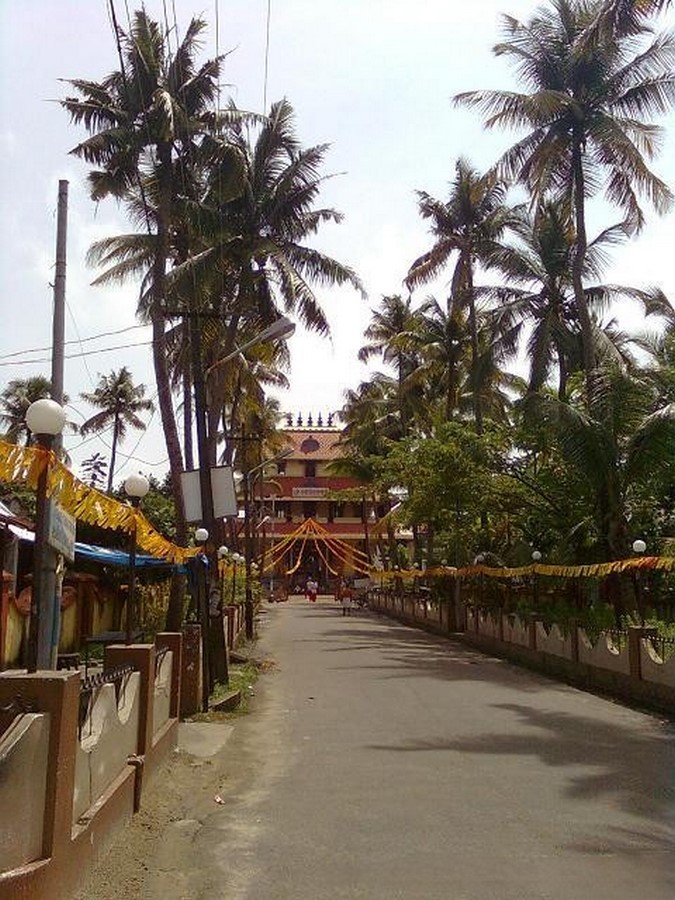
Analysing Thirumala Devaswom Temple Architecturally
The temple was built according to the Temple Vastu Shastra, with Gopurams in all four directions. The monumental gopuram on the Northern side is double-storied and richly decorated, following a Pagoda style influenced by Indo-Tibetan architecture, with a copper-plated roof. Skilled craftsmen from South India have created beautiful wooden carvings featuring scenes from Holy relics, making the Northern temple tower an exquisite sight. The temple has 7 Pradakshina Veethis or 7 loops of paths arranged concentrically, with the Gharbagriha (Sanctum Sanctorum) in the center. Pradakshina is the clockwise circumambulation of the Gharbagriha or the temple itself, and the path along which this is performed is called Pradakshina veethi.
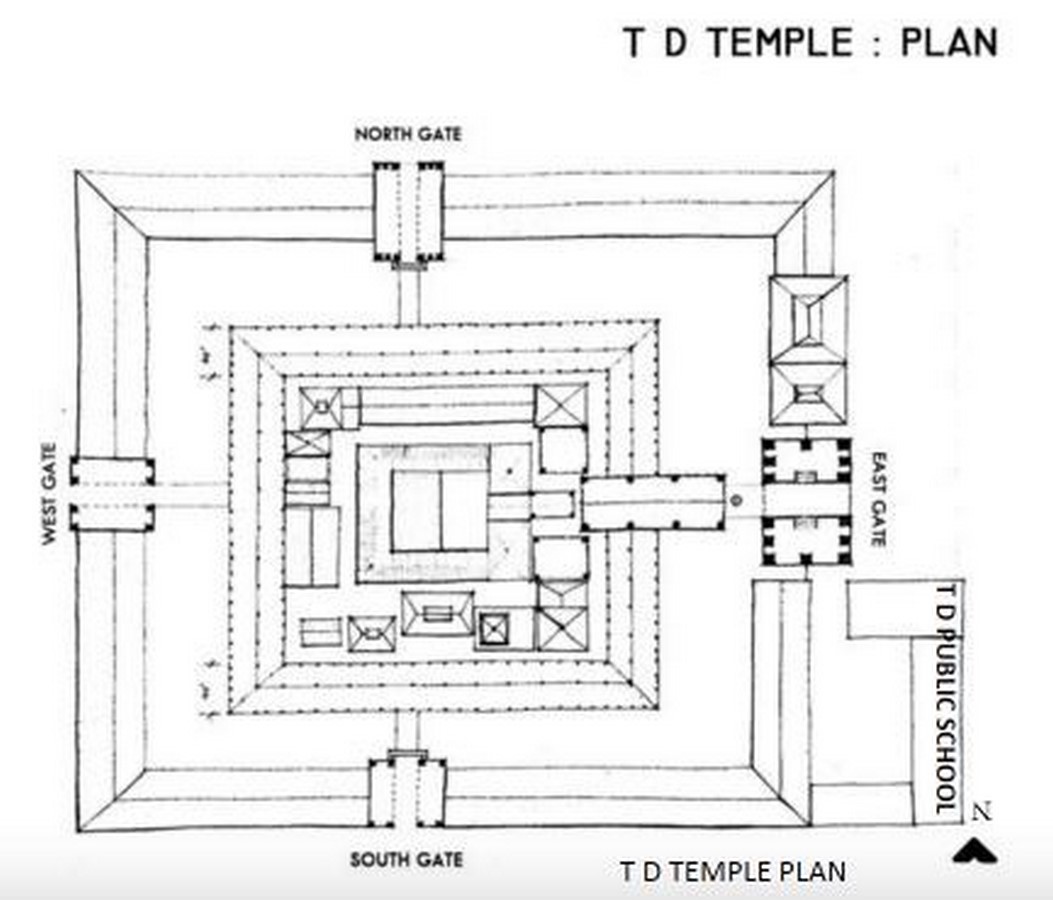
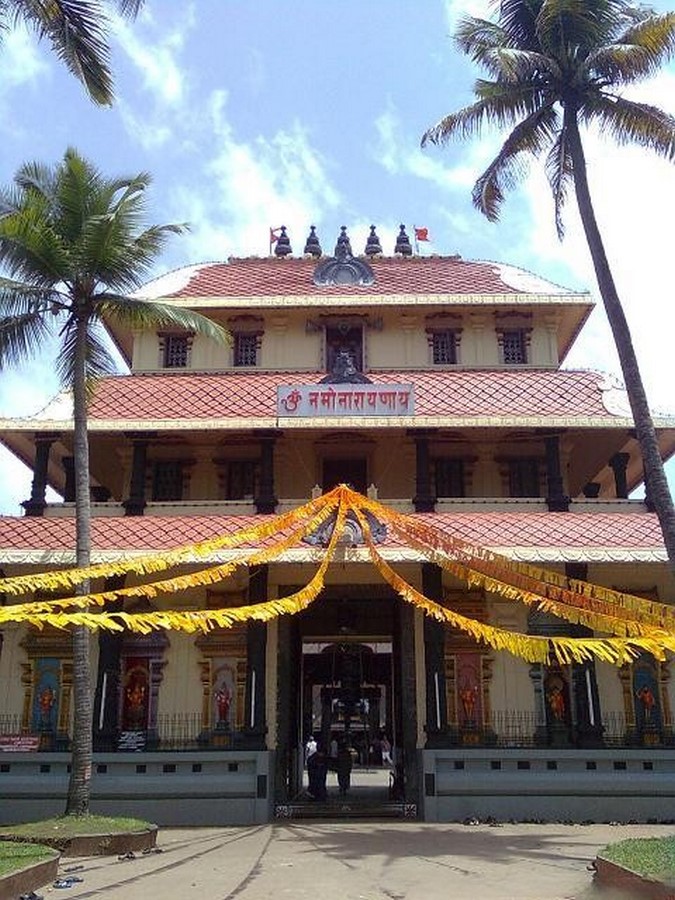
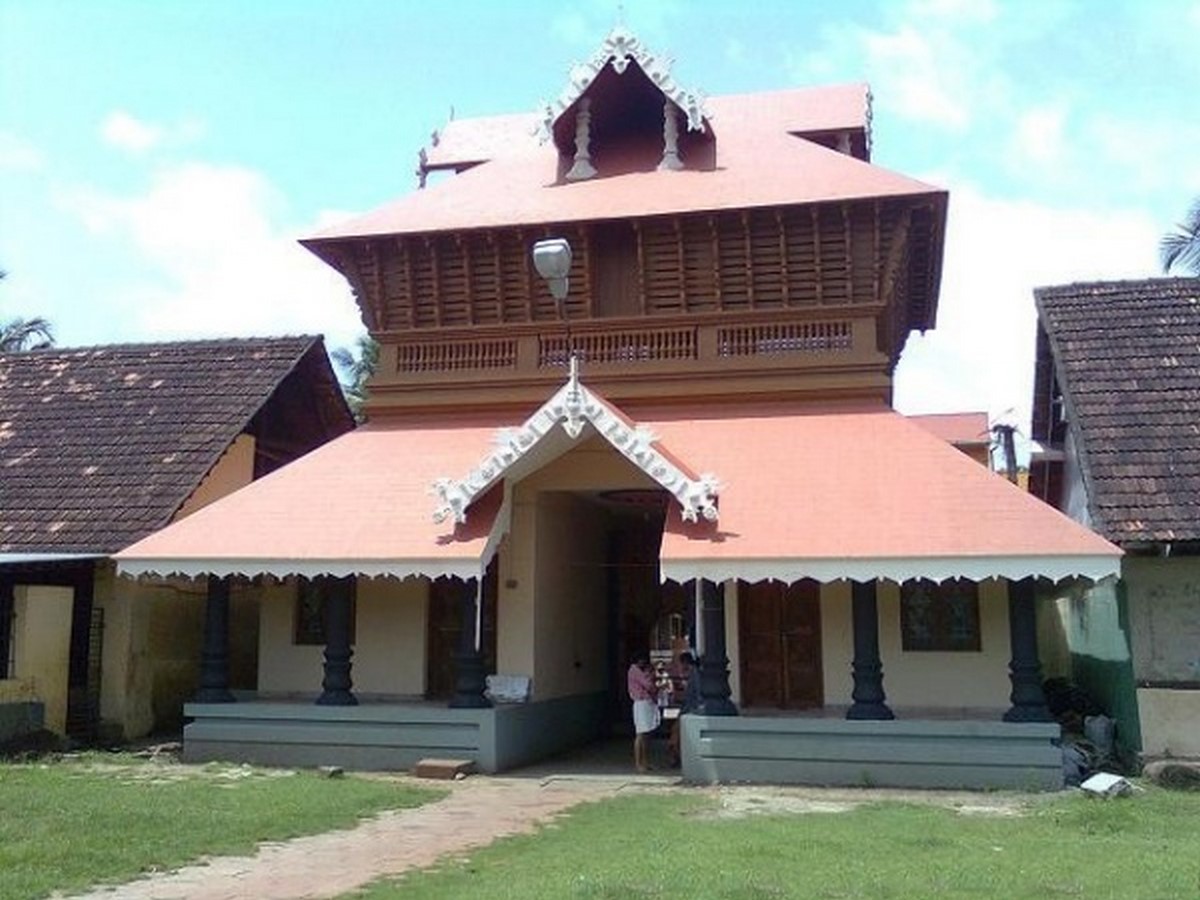
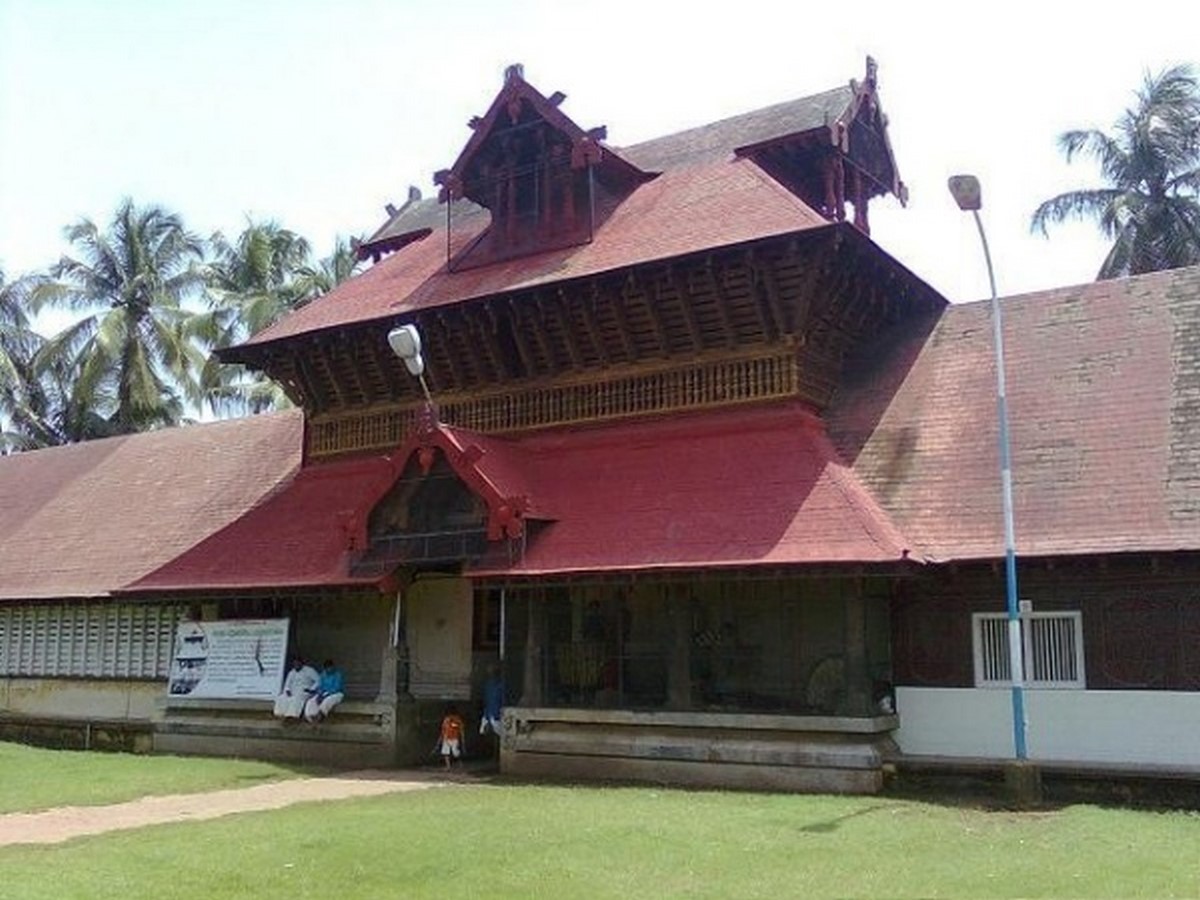
The Gharbagriha (Sanctum Sanctorum) is located at the center of the temple facing East and is enclosed by an inner Parswa Mandapam, a hall open on all 4 sides. There are 4 Upa Kovils (smaller temples dedicated to deities other than the main deity) located outside Gharbagriha. Surrounding the Upa Kovils, there are two Pradakshina Mandapams. These shaded mandapams facilitate the practice of Pradakshina. Around this set of Mandapams, there is a spacious open area that can accommodate many thousands of devotees visiting the temple during festivals. On the outer boundary of the open area, there are Agrasala buildings built enclosing the temple premises, mainly used for marriages, other social gatherings, and meetings, and also used as storage rooms to stock food grains. There is a very big Sheeveli Madapam, in front of the east gate, on the front side of the temple bell to accommodate about 6 elephants in a row to perform Sheeveli during festival days.
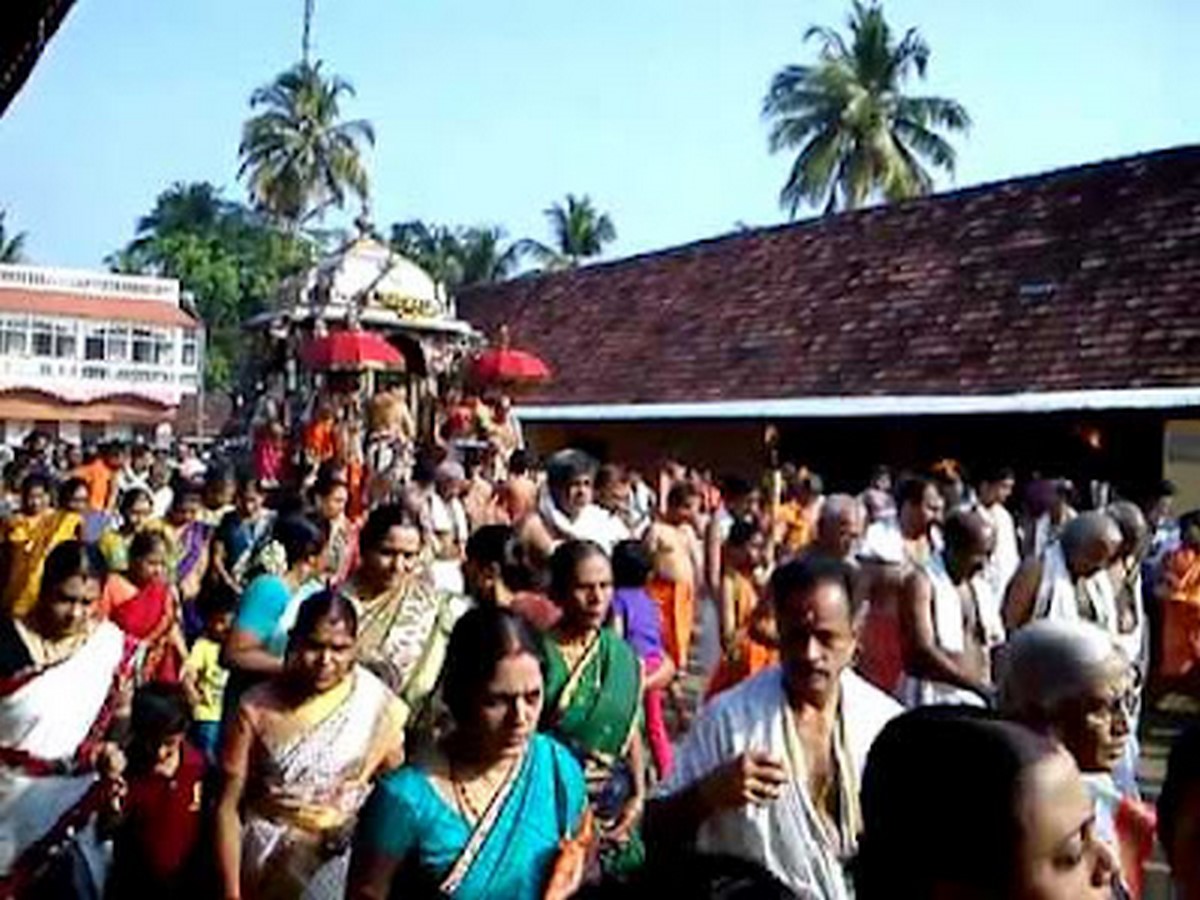
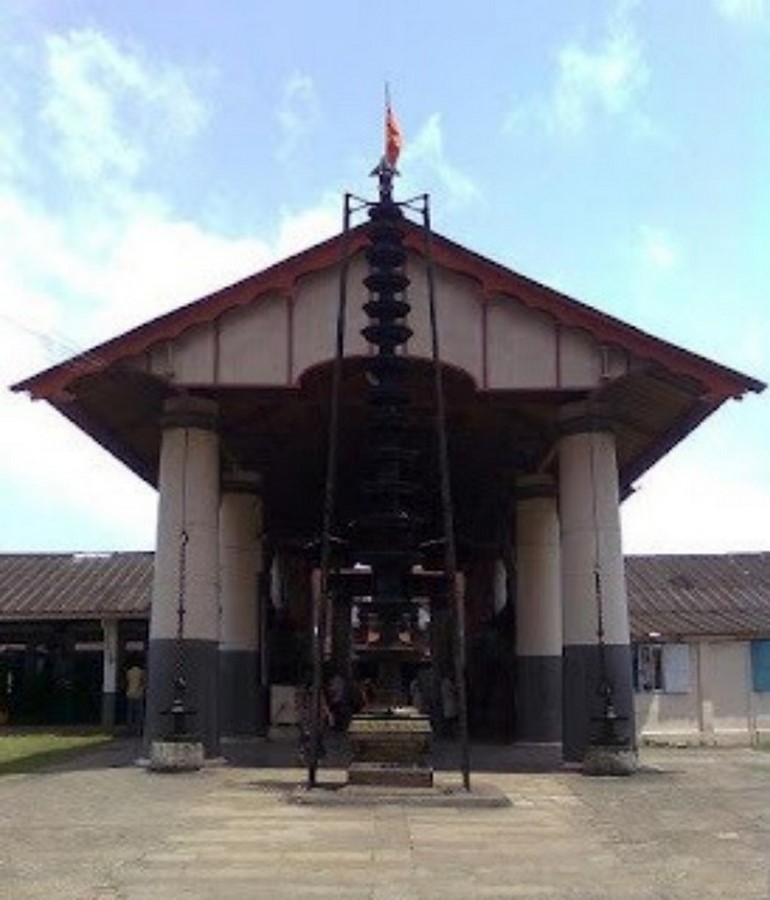
Outside the East Gopuram, a large Temple Water Pond is situated on the North Eastern side. At the center of the water Pond, a beautiful 2-storeyed structure called Kula Mandapam is present. The Mandapam seems to float in the water. It has a thatched roof with copper sheets resembling the style of Kerala Architecture. It is an essential component of the temple as certain festivals aren’t complete without bringing the temple deities to the Kula Mandapam. Many Konkanis residing in different parts of the world come to Kochi to take part in the festivals celebrated in this temple like the Arattu festival. The temple serves as a representation of thriving Konkani practices and culture in Kochi.
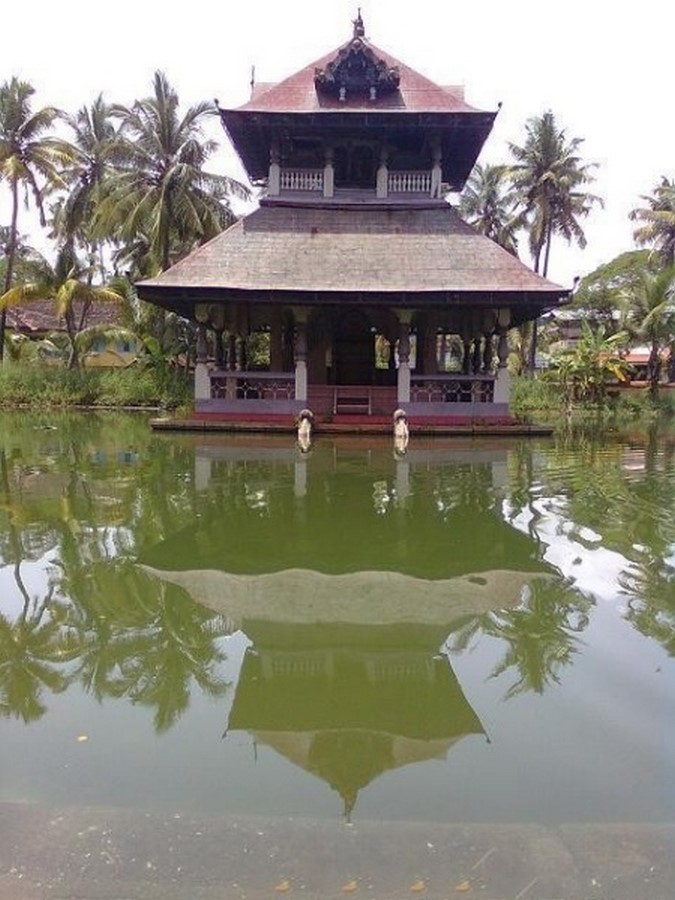
The Streets of Gosripuram Frozen in Time
The streets held their cultural and traditional aura high and maintain it even today. A major chunk of the present residents in Mattancherry are Konkanis. Thus, the streets of Gosripuram, Mattancherry have retained their Konkani character through time to date in comparison to other Konkani settlements in Kerala, like Ernakulam which has changed over time. Especially, a sense of timelessness can be felt in the TD East Road because of the Thirumala Devaswom Temple, the pond and Kulamandapam building, the resonance of the large temple bell ringing, and the olfactory essence of the temple abhisheka milk and cattle. Since Gosripuram, developed as a neighborhood around the temple, the streets were short and still remain short just around the temple, making it cozy.
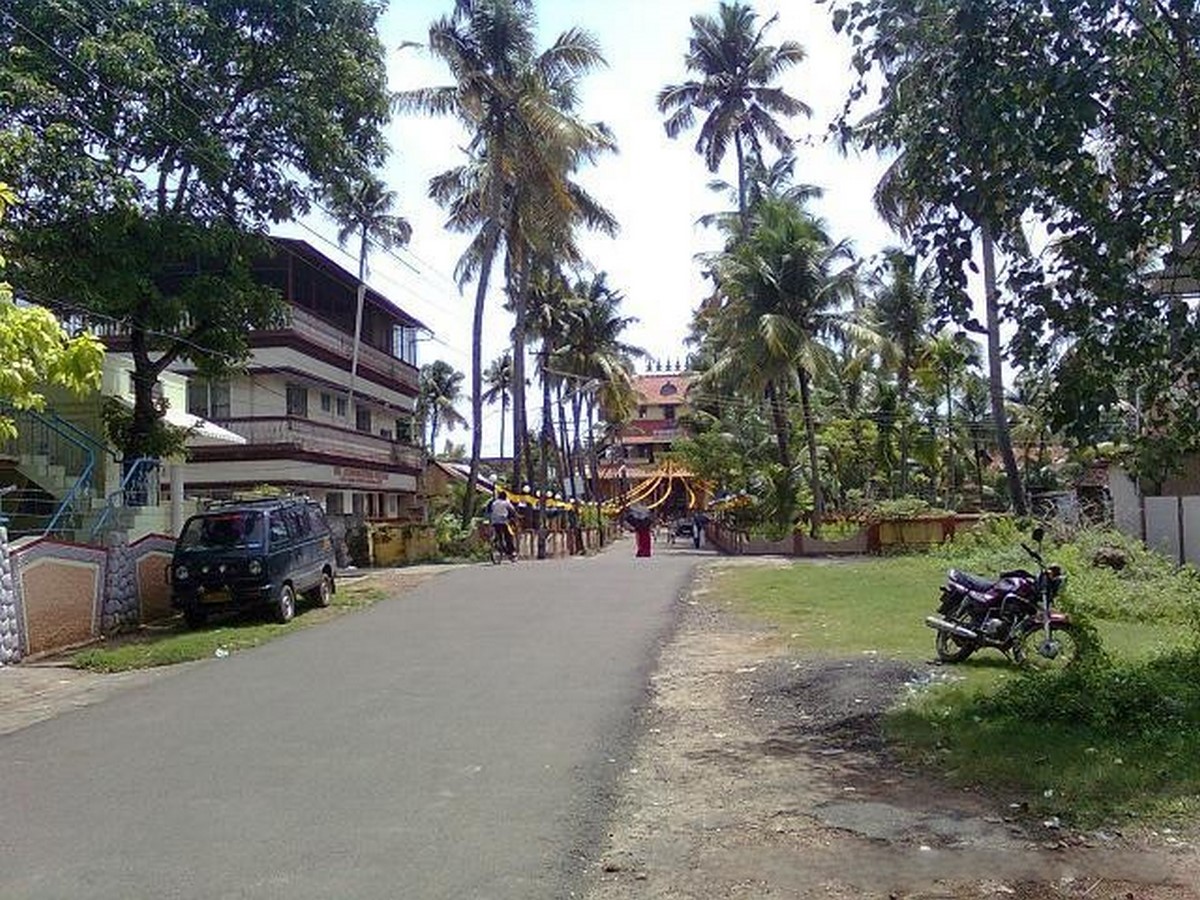
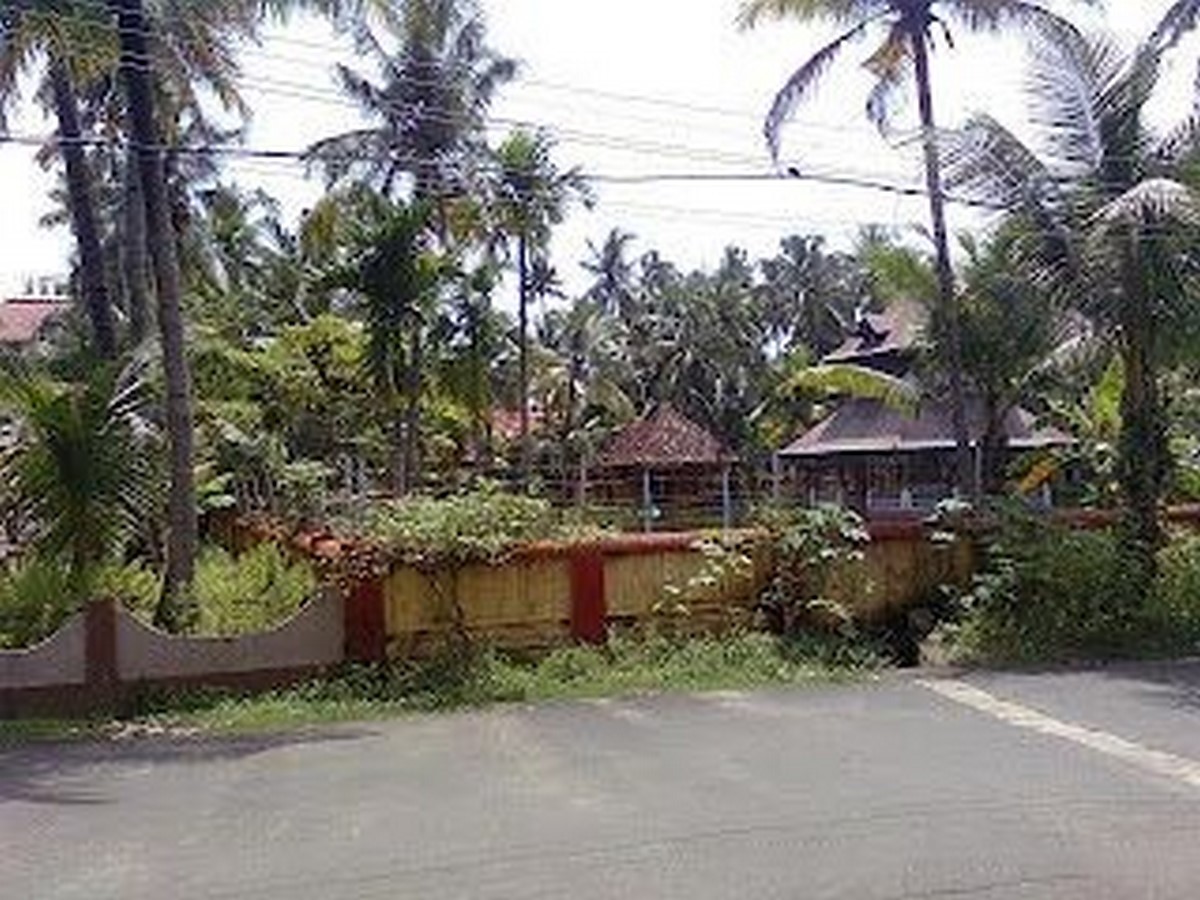
Cultural Marvels along the streets of Gosripuram
There are other cultural marvels like Konkani Bhasha Bhavan and Saraswath Association Library safeguarding the language and Hari Shenoy’s Bungalow speaking of Hari Shenoy’s legacy as a Konkani leader of Kochi, along the streets of Gosripuram, signifying Konkani culture in the region.
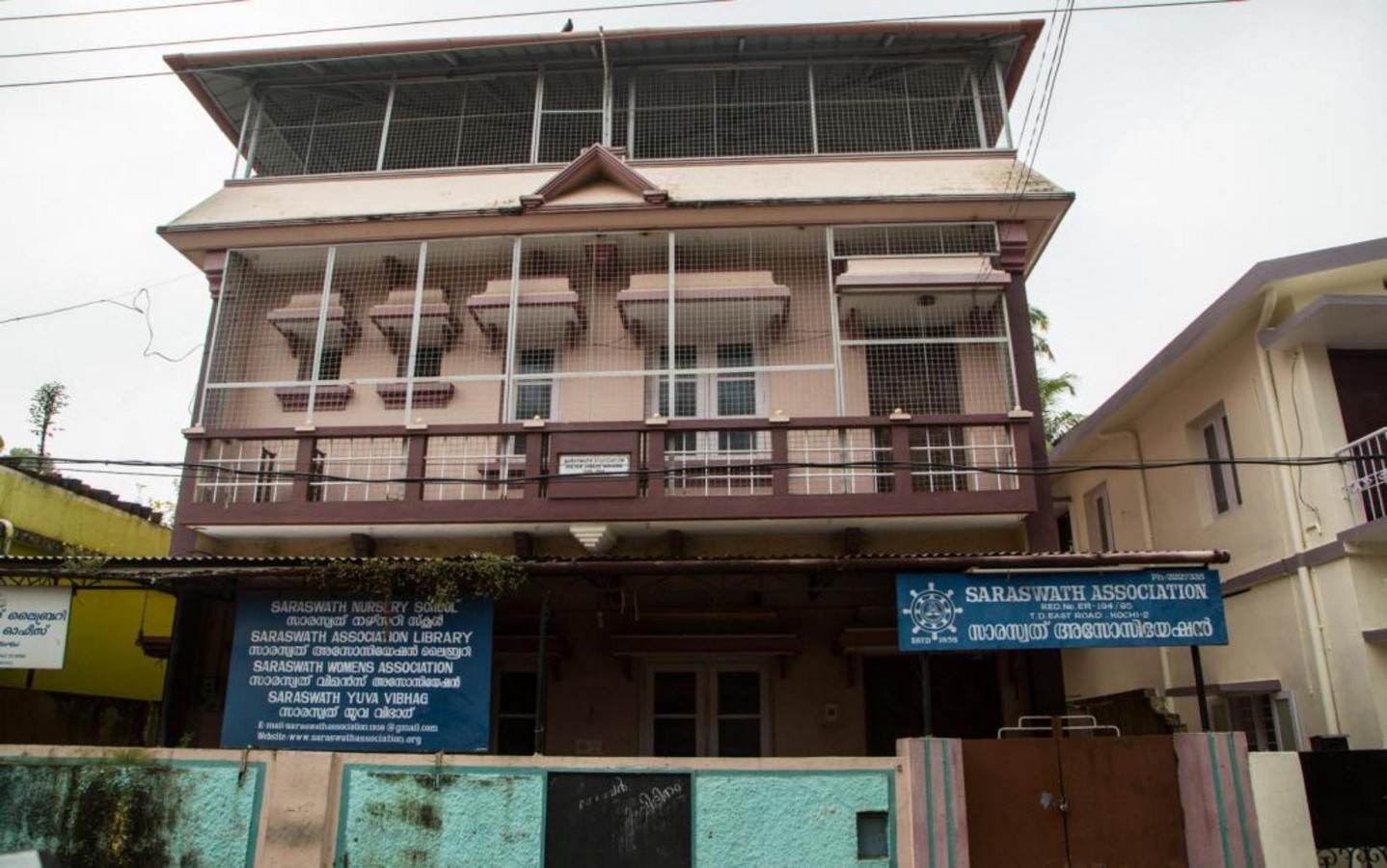
Konkani Bhasha Bhavan
Konkani Bhasha Bhavan, the first of its kind in India, was founded in 1978 at Cherlai Junction in Gosripuram with a mission to preserve and promote Konkani language and literature. Narayana Purushothama Mallaya who received the Padmashri, the fourth highest civilian award in India, is one of the eminent Konkani writers living in Gosripuram and has been the President of the Konkani Bhasha Bhavan since it was founded. The other well-known Konkani writers including R S Bhaskar, Ananth Bhat, Saratchandra Shenoy, Surya Ashok, and Suseela Bhat also reside in Kochi. Konkani culture and language have certainly stood the test of time, remaining vibrant and intact in Kochi, and keeping Konkani literature alive with pride in Kochi.
Conservation of Hari Shenoy’s Bungalow: Sustaining Konkani Culture and Eminence of Hari Shenoy
Hari Shenoy, the Administrator of the TD temple, Kochi was a leading figure among Konkanis in Kochi, and believed “he was a man with a vision”. The abundance of stories highlights his exceptional foresight and entrepreneurial skills. Shenoy also founded the Thirumala Devaswom High School in Mattancherry, the first Anglo-vernacular school in the area, which today is a major center of learning in Kochi. In 1874, he built his bungalow, near the TD Temple, Gosripuram inspired by the Western architectural style prevalent in Fort Kochi near Mattancherry with the consultation of European Architects who were his acquaintances.
Architecture of Hari Shenoy’s Bungalow
This stunning bungalow boasts a unique blend of vernacular and colonial architecture. The centrally located master bedroom on the first-floor features exquisite marble flooring imported from Italy in addition to dark stones locally known as Kutchikallu brought from Kutch. Some of the wooden ceilings were traditionally crafted and adorned with well-preserved roofs. Additionally, a granary, locally pathayapura located at the back of the property can be easily accessed from the adjacent canal which served as a waterway.
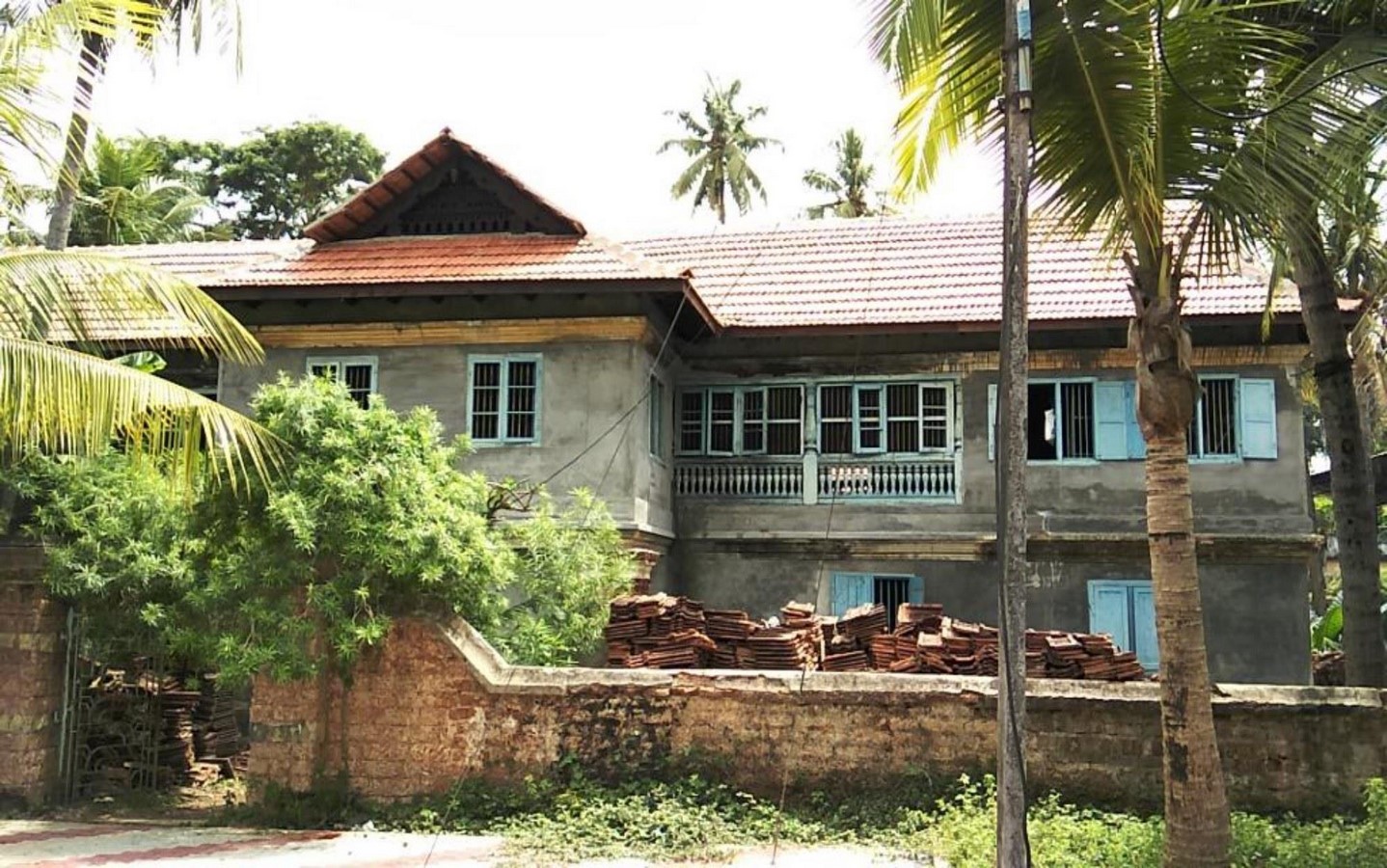
A Bungalow as Everything
In 1901, following the demise of Hari Shenoy, the bungalow underwent a division into two sections. One of the sections became the office of the temple, while the other was utilized as the residence of the temple manager. In 1958, the temple authorities established a teacher’s training school. Later, in 1966, a library was intiated in the bungalow. Before the closure of the building for maintenance in 2009, the Saraswathi Primary School utilized the bungalow premises. Currently, the bungalow, known for its heritage, is undergoing conservation under the Museum of Cultural Mosaic project, managed by Kerala’s tourism department. The building is set to showcase the richness of the Konkani community that settled in Kochi 400 years ago, as well as to immortalize the eminence of Hari Shenoy.
Konkani Culinary Heritage Dots the Streets of Gosripuram
Moreover, the streets of Gosripuram are dressed with small-scale food stalls selling authentic Konkani foods. Ginger lime juice, fritters, or simply fried veggies called Bajja with a steaming hot cup of tea, patarvado also known as patrado which is a painstaking delicacy made by slathering colocasia leaves with freshly ground masala in a specific way of rolling and steaming serve as gustatory and olfactory treats in the streets of Gosripuram. The aroma of these authentic Konkani dishes wafts around the corners of Gosripuram, representing the essence of Konkani cuisine and holding up the Konkani culinary heritage, substantiating a robust Konkani presence in Gosripuram.
Unseen Cultural Amalgamation: A Case of Konkani Culture in Kochi
Gosripuram sees a harmonious cultural amalgamation, a coalesce of cultures in an effort of the residents and migrants to sustain their own identity, a new blend of cultures is formed. Surprisingly, the beautiful elephant procession that later became an integral part of Hindu festivals in Kerala is also said to be a contribution of the Konkanis, according to a few Konkani migrants. It is believed that the practice of women wearing a sari and blouse without a veil was also brought to Kerala by Konkani women. Last but not least, pappadams which have a special place in the cuisine of Kerala, were also traditionally made by Konkanis by hand. The culinary art of hand-made pappadams was passed down from their forefathers who migrated to Kochi from Goa and even today there are Konkani families who make and sell hand-made pappadams. This marks the tenacity of the Konkanis to sustain their identity and culture in Gosripuram, Kochi even centuries after they migrated.
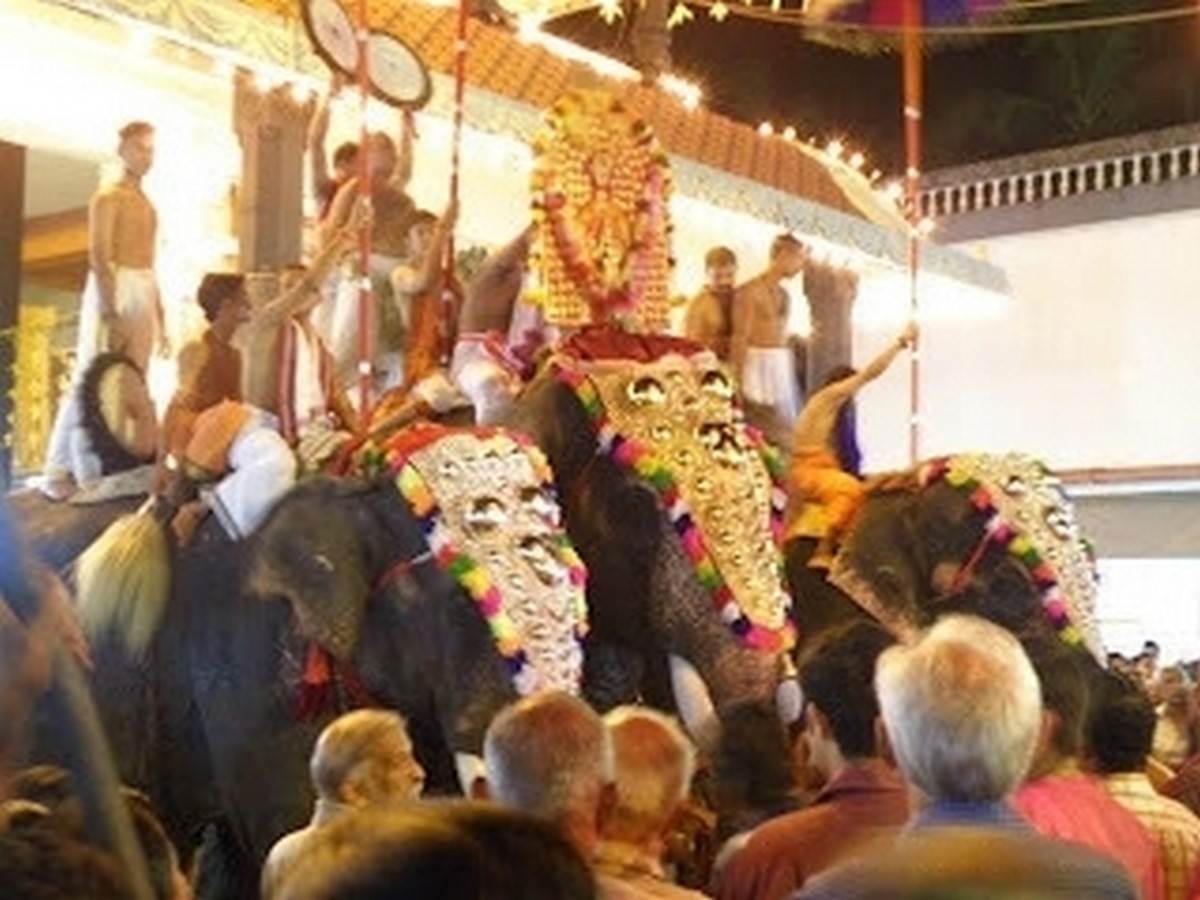

Reference
- Devasia, T. (2017a). Fort Kochi and Mattancherry journal, Part 1: Century-old settlements fight to retain historical legacy – India News , Firstpost. [online] Firstpost. Available at: https://www.firstpost.com/india/around-fort-kochi-and-mattanchery-part-1-century-old-settlements-fight-to-retain-historical-legacy-3448748.html/amp [Accessed 21 Sep. 2023].
- Devasia, T. (2017b). Fort Kochi and Mattancherry journal, Part 3: Persecuted for centuries, Konkanis found home in a small plot of land in Kochi – India News , Firstpost. [online] Firstpost. Available at: https://www.firstpost.com/india/fort-kochi-and-mattancherry-journal-part-3-persecuted-for-centuries-konkanis-found-home-in-a-small-plot-of-land-in-kochi-3453486.html/amp [Accessed 21 Sep. 2023].
- Gosripuram.org (n.d.). Cochin Thirumala Devaswom. [online] Available at: http://gosripuram.org/ [Accessed 20 Sep. 2023].
- Ibrahim, B. (n.d.). COMMUNITIES IN KOCHI – 01: Gaud Saraswat Brahmins. [online] www.ayurvedajournals.com. Available at: https://www.ayurvedajournals.com/article/cochin-gaud-saraswat-brahmins [Accessed 20 Sep. 2023].
- KochiCoo (2016). Cherlai-The epicenter of Goshreepuram. [online] KochiCoo. Available at: https://kochicoo.wordpress.com/2016/04/08/cherlai-the-epicenter-of-goshreepuram/ [Accessed 21 Sep. 2023].
- Malladi, A. (2015). Urban Boundaries: An Urban Collective Journal. [online] Available at: https://issuu.com/alekyamalladi/docs/udjournal_19112015 [Accessed 20 September 2023].
- Rajoo, A. (n.d.). The Pappadam Makers of Cherlai. [online] www.ayurvedajournals.com. Available at: https://www.ayurvedajournals.com/article/route-cochin-pappadam-makers-cherlai [Accessed 20 Sep. 2023].
- S., P. (2014). Tryst with time. The Hindu. [online] 19 Feb. Available at: https://www.thehindu.com/features/friday-review/history-and-culture/tryst-with-time/article5706364.ece/amp/ [Accessed 21 Sep. 2023].
- S., P. and Menon, A. (2018). A tale of TWO ROADS. The Hindu. [online] 17 May. Available at: https://www.thehindu.com/life-and-style/konkani-community-in-kochi/article23914968.ece [Accessed 20 Sep. 2023].
- sahapedia (2022a). Konkani Bhasha Bhavan. [online] map.sahapedia.org. Available at: https://map.sahapedia.org/article/Konkani-Bhasha%20Bhavan/3443 [Accessed 20 Sep. 2023].
- sahapedia (2022b). Sahapedia. [online] map.sahapedia.org. Available at: https://map.sahapedia.org/article/Hari-Shenoy [Accessed 21 Sep. 2023].
- Shenoy, D. (2021). Brief History of Gosripuram Mahakshetram Cochin Thirumala Devaswom A GSB Temple, Gosripuram, Kochi. Voice of GSB, 14(4), pp.4–7. Available at: https://gsbsabhamumbai.org/wp-content/uploads/2021/01/VOG_Jan_to_Mar_2021.pdf [Accessed 20 September 2023].


























